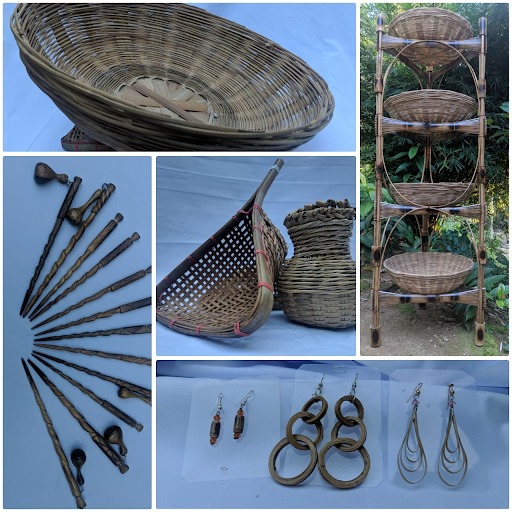
Promoting cluster-based and market-driven bamboo enterprises in North Garo Hills
- By Dipin V Panicker-- Copyeditor Jazreen Deboo--
- January 24, 2022
Bamboo craft, Cluster Development
A recent survey conducted among the migrant returnees of North Garo Hills district shows that 90% (416 out of 459) of them lost their previous job due to the pandemic
The nationwide lockdown in March 2020 resulted in massive reverse migration of workers to their native villages. It was reported as the second largest mass-migration in the history of India. Currently, there is an immense strain on the rural sector to absorb and provide employment opportunities to these workers. It is also a consequential push to policy makers and implementors, urging them to shift focus from development that is tilted heavily towards urban centres, and guide Meghalaya towards holistic growth and societal development by creating employment opportunities in its villages, in a viable, inclusive, and sustainable manner.
The process of creating income generating activities starts by identifying the important economic factors of each district. When it comes to North Garo Hills, 76% of the workforce is engaged in agricultural activities.1 Conversely, the net income generated from the sector is meagre due to a plethora of crises in the farm sector.
Earlier, the district of North Garo Hills grabbed the spotlight in the media, for its 32-year-old Community Bamboo Reserve, consisting of more than 10 lakh bamboos mainly of local species. Subsequently, under the National Bamboo Mission, Soil and Water Conservation Dept., North Garo Hills has covered 42 hectares of land with bamboo cultivation between 2019 and 2021.
Bamboo is truly a ‘green gold’ as its inherent traits include pest resistance, drought resistance, environmental benefits (carbon sequestration), soil protection, fast growth (as much as 1.5 inch of growth per day) and immense economic potential. Since there is no dearth of diverse species suitable for various economic activities in Meghalaya, the opportunities for monetizing bamboo are umpteen. Broadly, it can be done through four means:
-
Bamboo Nursery
Commercially sought-after species can be multiplied through sexual/asexual propagation methods. These saplings can be traded between Rs 15 and Rs 30. Buyers and logistics can be provided by 1917 iTeams, a Government of Meghalaya initiative to support farmers.
-
Bamboo Plantation
In the open market, a tonne of sun-dried bamboo with different utilities (Moisture content: 15%) can fetch between Rs 3,500 and Rs 4,000. It is a shocking reality that India imports 60,000 to 65,000 tonnes of bamboo worth Rs 250 crore2 from China and Vietnam for agarbathi stick-making.
Bambusa balcooa, commonly found in the Garo Hills, can be grown in a dense manner with 1,000 plants per acre. Unlike other species, the variety is known for its thick cross-section, and its higher biomass can help in fetching better prices in the paper industry. Another advantage is its almost sterile nature and no flowering/death of clumps.3 Bambusa Tulda variety can be planted due to its suitability for agarbathi stick-making.
-
Value addition of bamboo
Bamboo can be processed to diversify its utility:
-
Bamboo cotton is made by converting bamboo into bamboo fibre, which is in turn spun into bamboo yarn and finally woven into the bamboo fabric. The final product is anti-bacterial, sweat-absorbent, UV protectant, odour free and powerfully insulating.4
-
Bamboo Wood: Bamboo that is split into strips, later planed, soaked in resin, and then compressed into one high density product can be an excellent alternative to timber. It is fire-proof, termite-proof and exceptionally durable.
-
Other composites include bamboo mat corrugated sheets, bamboo mat overlaid particle board etc.
-
End-use applications
Following are some of the end-use applications of treated bamboo:
-
Bamboo furniture: Chairs, tables
-
Daily use products: Brush, storage baskets etc
-
Electronic goods made out of bamboo composites
Restrained Technology Intervention Model (https://megindustry.gov.in/shken.html) is a market driven model piloted in major clusters of Meghalaya to increase production and standardization of end-use bamboo crafts. An emphasis on upskilling based on the existing traditional skills was ensured. An online brand for its bamboo crafts from clusters of Garo Hills can go a long way in creating sustainable market linkages.
To help these women realize their potential and increase female participation in the workforce, initiatives like this are necessary. The target group was homemaker women and those interested in making a career out of producing bakery products. Those women keen to follow this path were identified and enrolled with the help of a training center. The challenges were during mobilization (selecting interested candidates), and after the completion of their trainings - connecting them with the District Industries Center for subsidy under the Prime Minister Employment Generation Program. On the flip side, the skill-training scheme focused on providing only skill-training while the formation of SHG and working in co-ordination was not supported.
CONCLUSION
Beti Apal is a cluster located in Kharkutta, North Garo Hills. The creation of similar clusters registered under the Meghalaya Cooperative Societies Act 2013, with the help of National Bamboo Mission and Industries Dept, can ensure scalability and standardization of bamboo products. A dedicated Design and Marketing team can be hired by these cooperative societies to bring bamboo-based products from Garo Hills to the Indian market.
Such efforts can generate sustainable livelihoods and alleviate the community from disguised unemployment.
Reference
[1]. Workforce data of North Garo Hills, Census 2011
[2]. Kukreti, I. (2019, January 30). DownToEarth. Retrieved from DownToEarth: www.downtoearth.org.in/news/forests/bamboo-cultivation-on-india-s-private-lands-can-supply-the-incense-stick-industry-63034
[3].Kerala Bamboo Mission. (n.d.). Retrieved from Kerala Bamboo Mission: http://keralabamboomission.org/mob/English/product/bambusa-balcooa/
[4]. Malhotra, G., Arnab, D., Kumar, S. R., & Vijay, N. (n.d.). Prospect of Bamboo Fabric in India: A Supply and Demand Study. 2009.

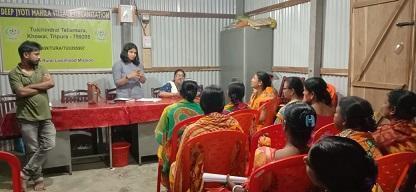


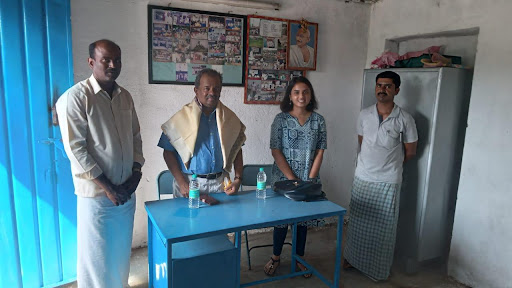

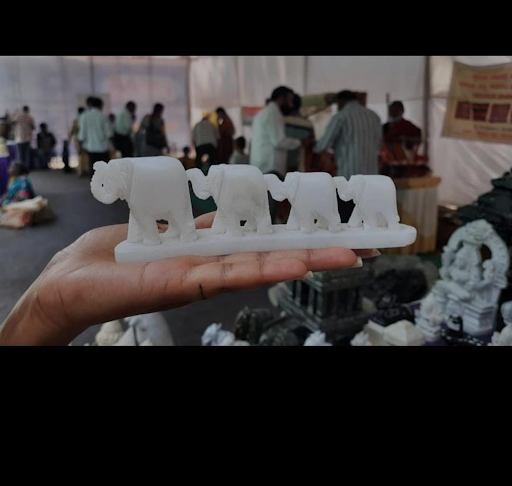


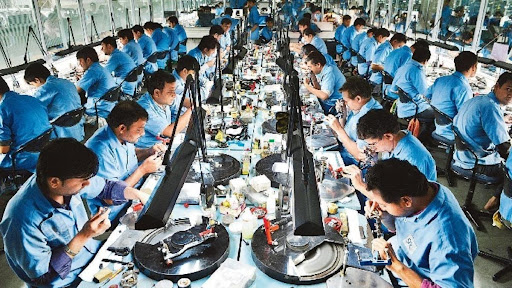








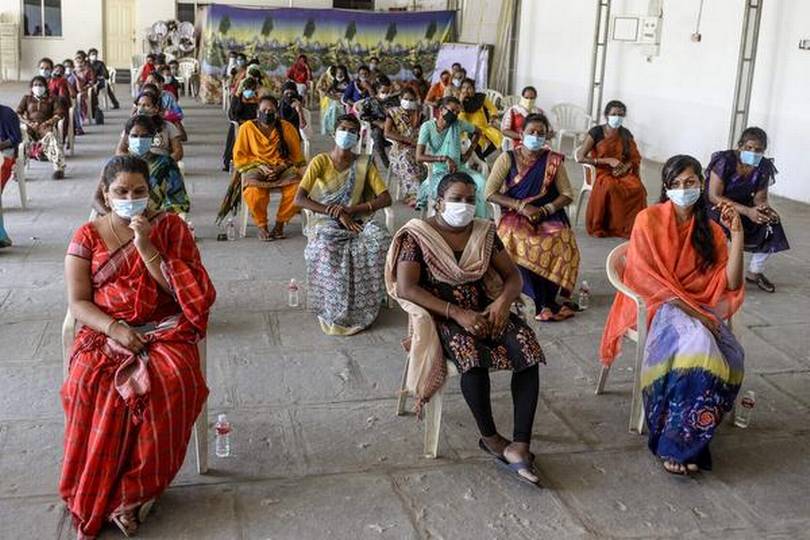














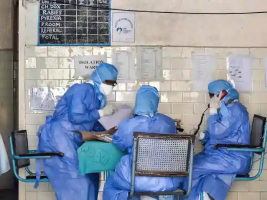



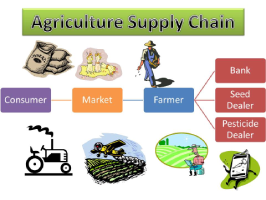









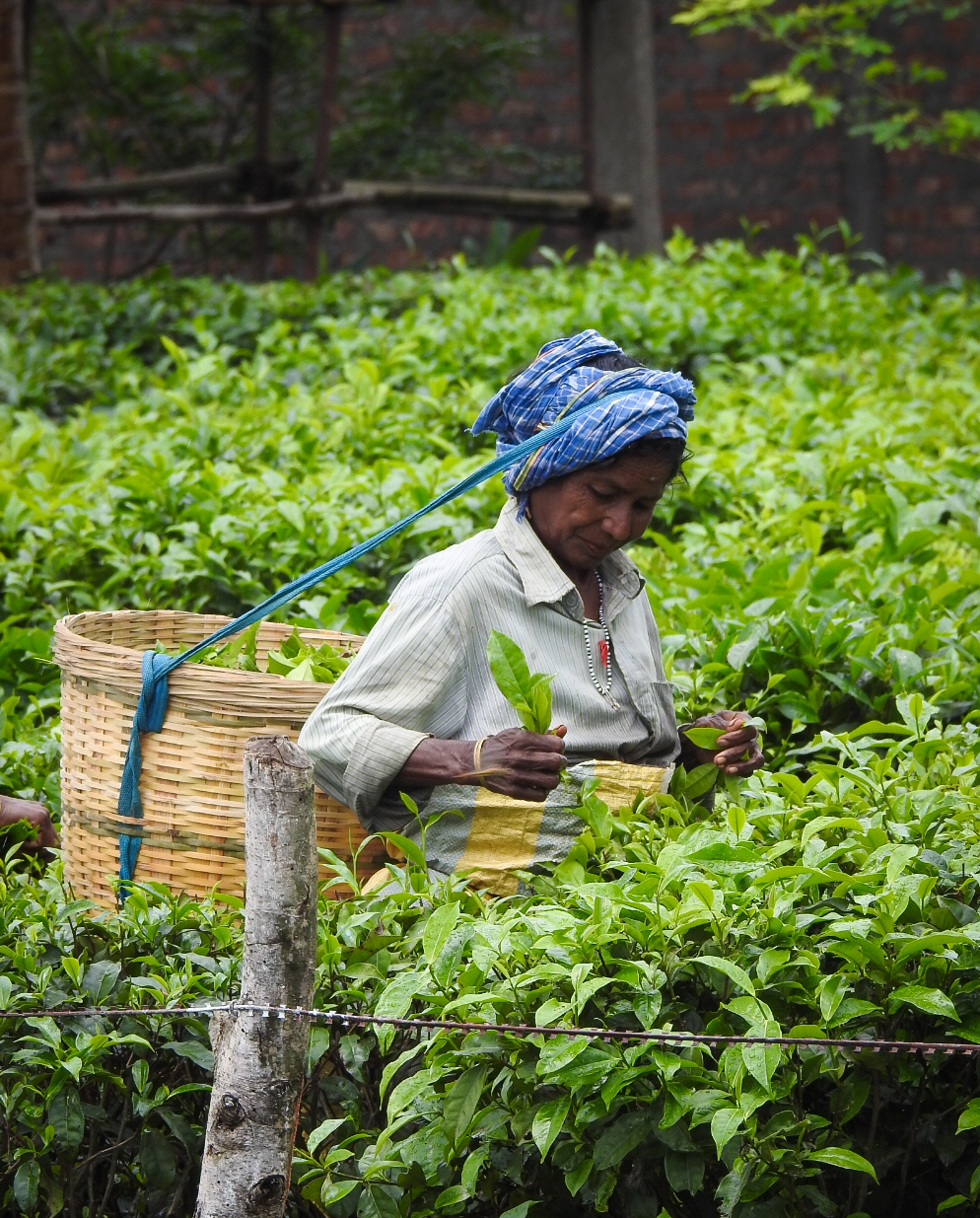







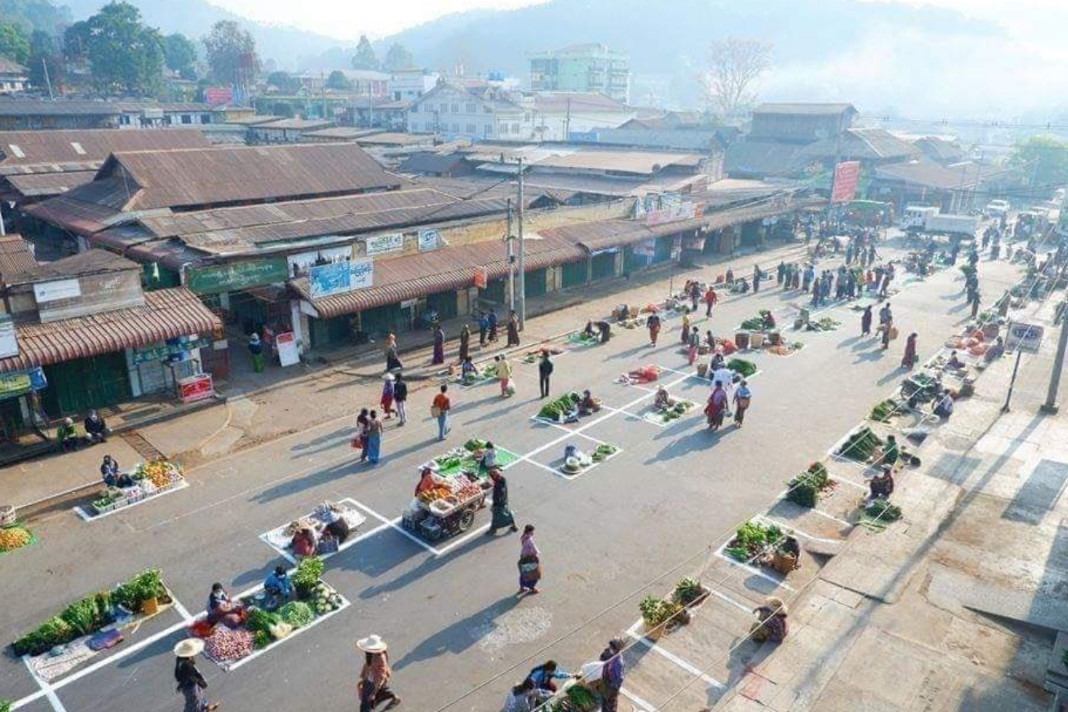











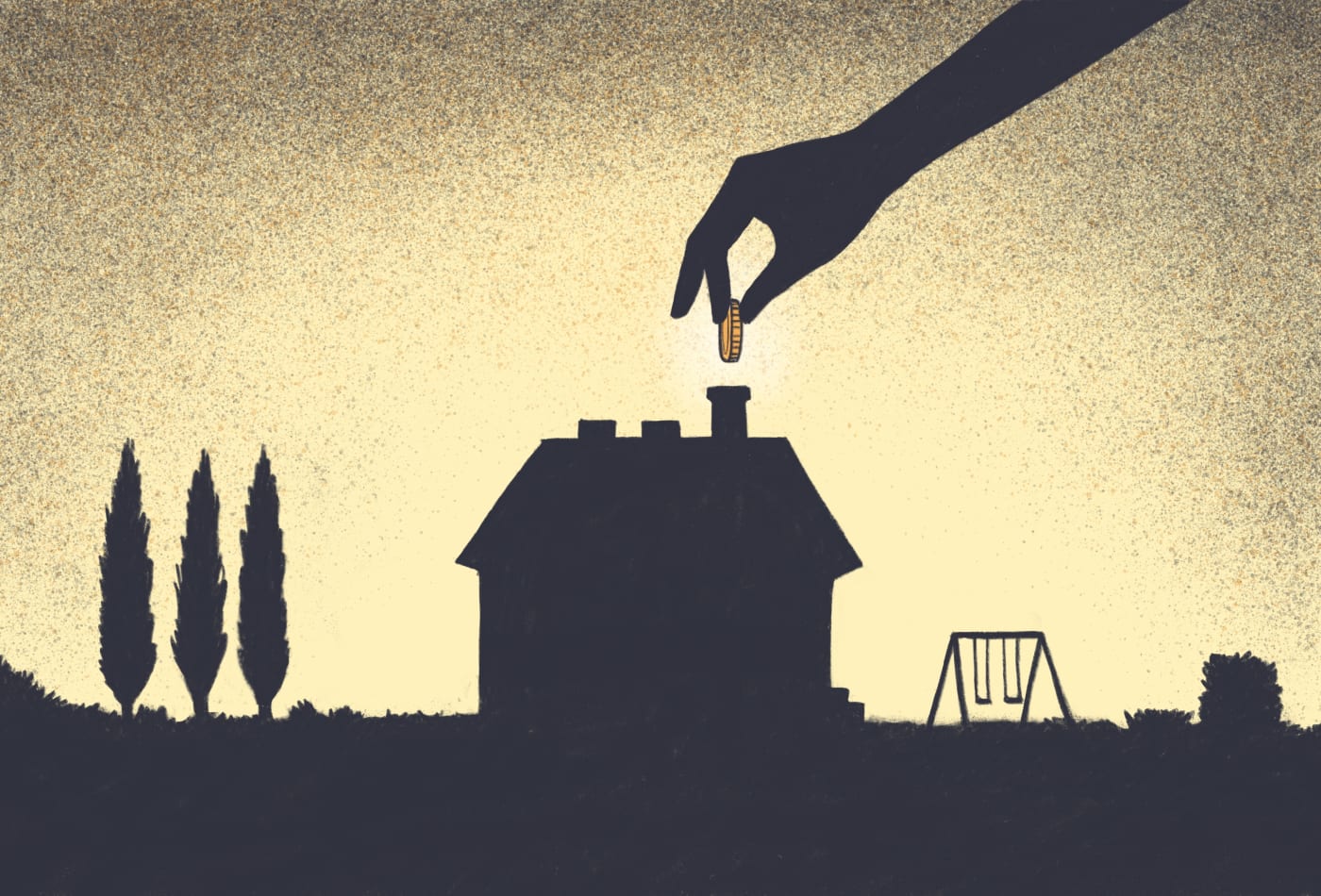







Dipin V Panicker